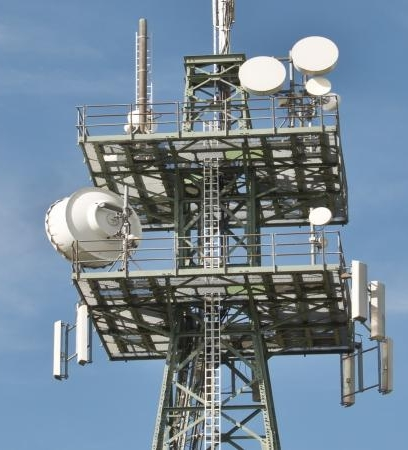New Delhi: The government has decided to allocate 5 per cent of Universal Services Obligation Fund (USOF) for research and development of telecommunications technology, said the Economic Survey 2023-24 tabled in Parliament Monday.
At present, the government has a corpus of around Rs 80,000 crore collected under USOF which has now been renamed as Digital Bharat Nidhi.
“Telecommunication technology development requires significantly large and patient capital for R&D and commercialisation. To address this, the government has decided that an allocation of 5 per cent of annual collections from Universal Services Obligation Fund would be made available for funding R&D in the telecom sector,” the survey said.
According to the survey, the Telecom Technology Development Fund formulated in 2022 has seen significant participation from startups, MSMEs, academia and industry.
The survey said the government dedicated ‘5G Test Bed’ to the nation in 2022, providing an end-to-end testing facility, enabling Research and Development (R&D) teams in the Indian academia and industry to validate their products, prototypes, and algorithms and demonstrate various services.
The survey also mentioned government efforts to leap towards development of technology for 6G services.
Based on the recommendations of Technology Innovation Group on 6G, the Bharat 6G Vision document was launched in March 2023 to develop and deploy 6G network technologies in India.
The creation of 6G Vision document also led to the constitution of Bharat 6G Mission and an apex council to lay down the phase-wise objectives of the 6G Mission.
“The Bharat 6G Alliance was also launched in July 2023 as a collaborative platform of public and private companies, academia, research institutions and standards development organisations to enable India to become a leading global supplier of IP, products and solutions of affordable 5G, 6G and other future telecom solutions,” the survey said.
It noted that India’s international rank in mobile broadband speed has improved from 118 to 15 in March 2024.
The overall teledensity (number of telephones per 100 population) in India increased from 75.2 per cent in March 2014 to 85.7 per cent in March 2024, while the number of wireless telephone connections stood at 116.5 crore at the end of March 2024.
The survey said 6,83,175 kilometre of Optical Fibre Cable (OFC) has been laid, connecting a total of 2,06,709 gram panchayats in the BharatNet phase I and II.
PTI



